12 Common Beetroot Growing Mistakes and How to Avoid Them
Growing beetroots can be a rewarding experience, but certain mistakes can hinder their growth and lead to poor yields. By understanding common pitfalls and making simple adjustments, you can ensure your beets grow strong and healthy. Whether it’s about choosing the right time to plant, managing soil conditions, or preventing pests, small changes can make a big difference. With the right care, your beetroot harvest will be bountiful and delicious.
This post may contain affiliate links, which helps keep this content free. Please read our disclosure for more info.
Planting Beetroots at the Wrong Time
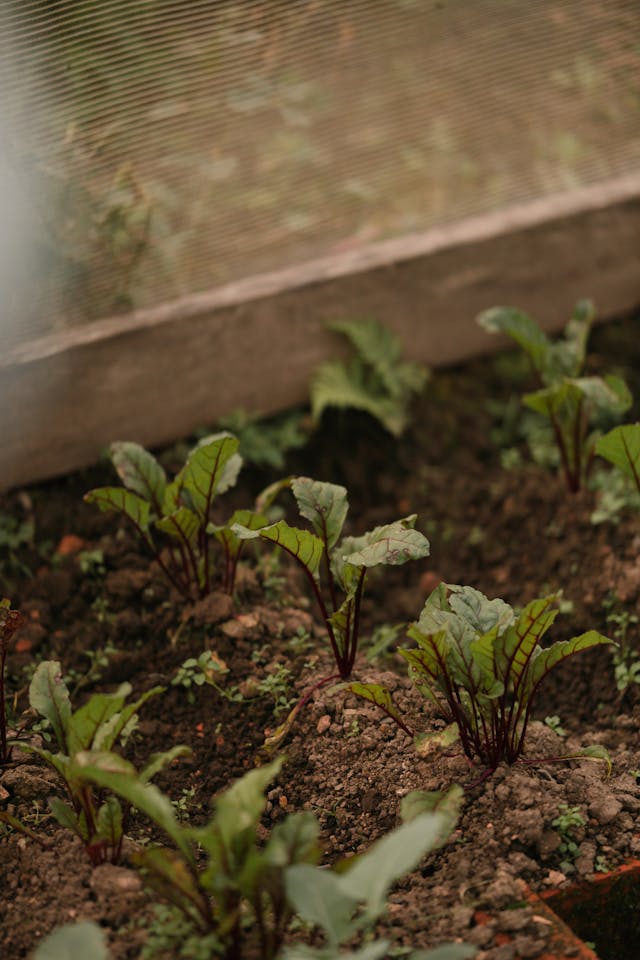
Planting beetroots at the wrong time can hinder their growth. Beetroots thrive in cooler temperatures, so it is essential to plant them in early spring or fall. In hotter climates, beets may not do well during summer, as extreme heat can reduce germination rates and cause plants to bolt, or flower prematurely. Beets grow best when temperatures are between 50°F and 85°F (10°C to 29°C), so timing your planting according to the season is crucial.
To avoid this mistake, check your local climate and soil temperatures before planting. For spring planting, wait until the soil has warmed to at least 50°F. If you plan to harvest in the fall, consider planting in late summer, aiming for a harvest as the weather cools. This ensures your beetroots will grow in optimal conditions and develop strong, healthy roots.
Overcrowding Plants
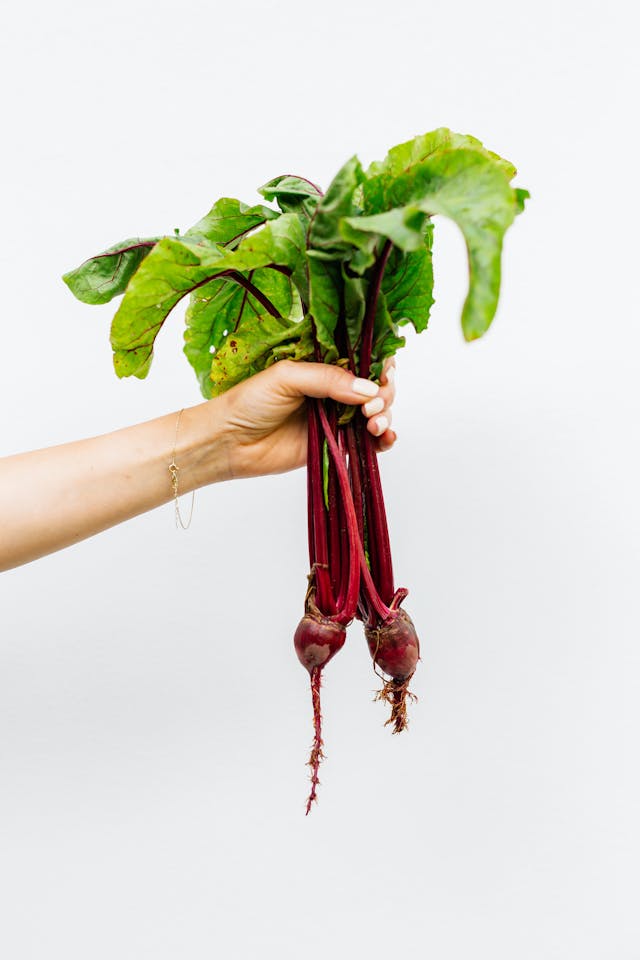
Overcrowding is a common mistake that can result in underdeveloped beets. Beetroots require enough space to grow large, healthy roots, and if they are planted too close together, they will compete for nutrients, water, and light. This can lead to small, poorly developed beetroots or plants that are weak and more prone to disease.
To avoid overcrowding, ensure you space your beetroot plants properly. Thin the seedlings early on to about 3 inches apart, allowing enough room for the roots to expand. Adequate spacing also improves air circulation, reducing the risk of fungal infections and promoting overall plant health.
Poor Soil Drainage
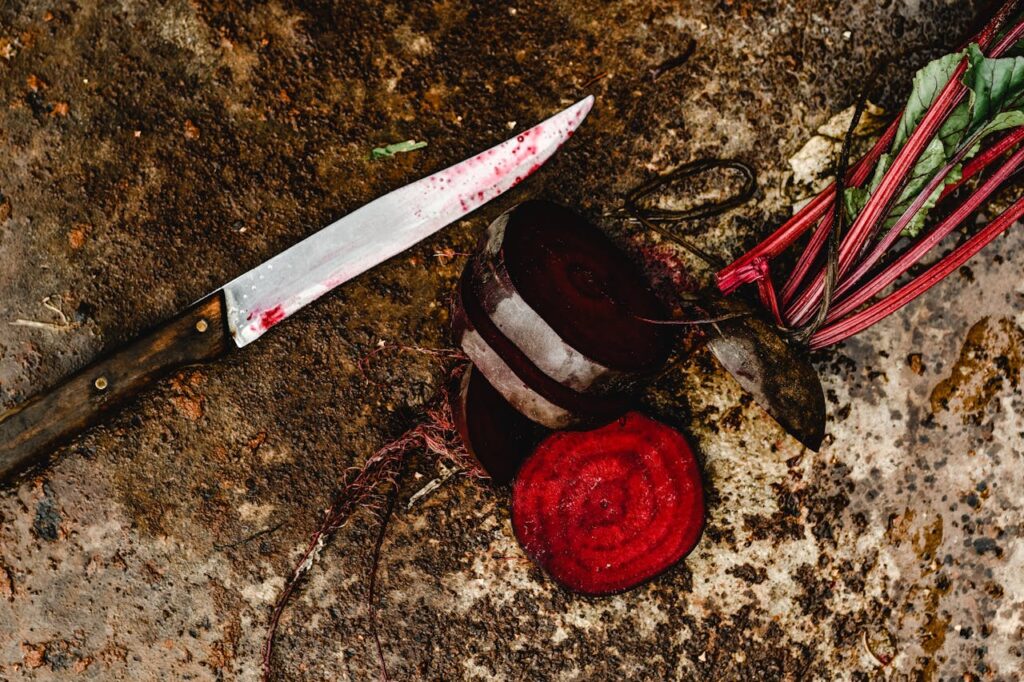
Beetroots need well-draining soil to thrive. Soil that retains too much water can suffocate the roots, causing them to rot. When the soil is poorly drained, the roots struggle to take in nutrients and oxygen, leading to stunted growth and disease. Without proper drainage, you may find your beetroots turning yellow or developing mushy, decayed roots.
Ensure proper drainage by testing your soil before planting. If your soil is dense or clayey, amend it with compost or well-rotted manure to improve its structure. Raised beds or well-draining containers are also excellent options to ensure the soil stays loose and free of waterlogging.
Not Properly Preparing the Soil
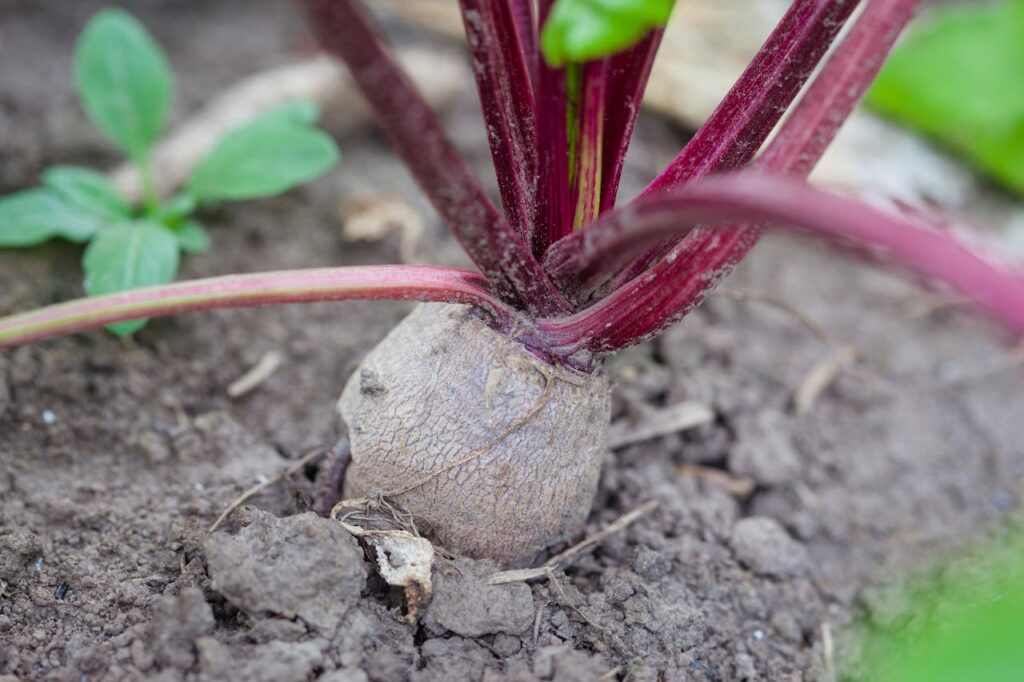
Neglecting soil preparation is a mistake that can limit the success of your beetroot crop. Beetroots prefer soil that is loose, deep and well-aerated to allow their roots to expand freely. Soil that is too compact or lacking in nutrients can lead to poor root development and weak plants. In addition to aerating the soil, beets need sufficient nutrients to grow strong and healthy.
To prepare your soil, loosen it to a depth of 12 inches and incorporate organic matter like compost. This enriches the soil and improves drainage while providing beets with the essential nutrients they need. It is also a good idea to test your soil’s pH, aiming for a range of 6.0 to 7.5 for optimal growth.
Ignoring Weed Control
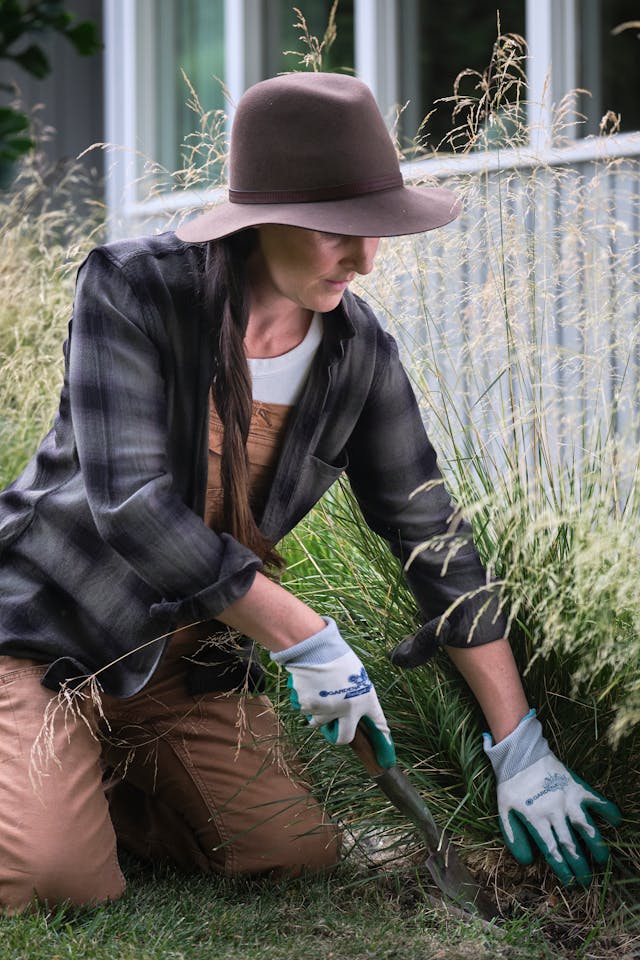
Weeds are a significant threat to beetroot growth as they compete for space, water, and nutrients. Allowing weeds to flourish in your beetroot bed can stunt growth and lead to weaker, smaller beetroots. Additionally, weeds can create a humid environment that fosters fungal diseases. Keeping weeds in check is essential to ensure your beetroots receive the resources they need to thrive.
To avoid this issue, regularly remove weeds by hand or with a hoe. Applying mulch around your beetroots can help suppress weed growth, while also retaining moisture in the soil. However, be sure to keep mulch away from the stems to prevent any moisture from encouraging rot.
Overwatering
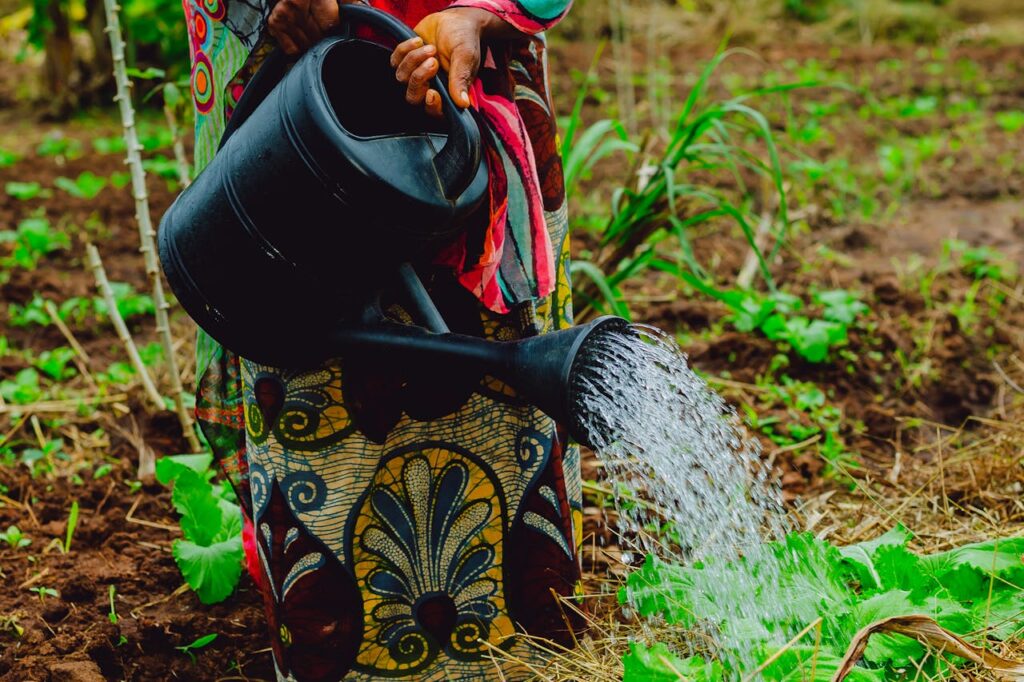
Beetroot plants require consistent moisture to grow but can suffer from overwatering. When the soil is kept too wet, the roots can become waterlogged, leading to root rot and poor plant health. Overwatering also reduces oxygen availability in the soil, which can stunt root development. This is particularly problematic in areas with heavy rainfall or poorly draining soil.
To avoid overwatering, check the soil’s moisture level regularly. Water deeply but less frequently, ensuring the soil is moist but not soaked. A good rule of thumb is to water once or twice a week, depending on weather conditions. Be mindful of rainfall, and adjust your watering schedule accordingly to prevent excess moisture.
Using the Wrong Fertilizer
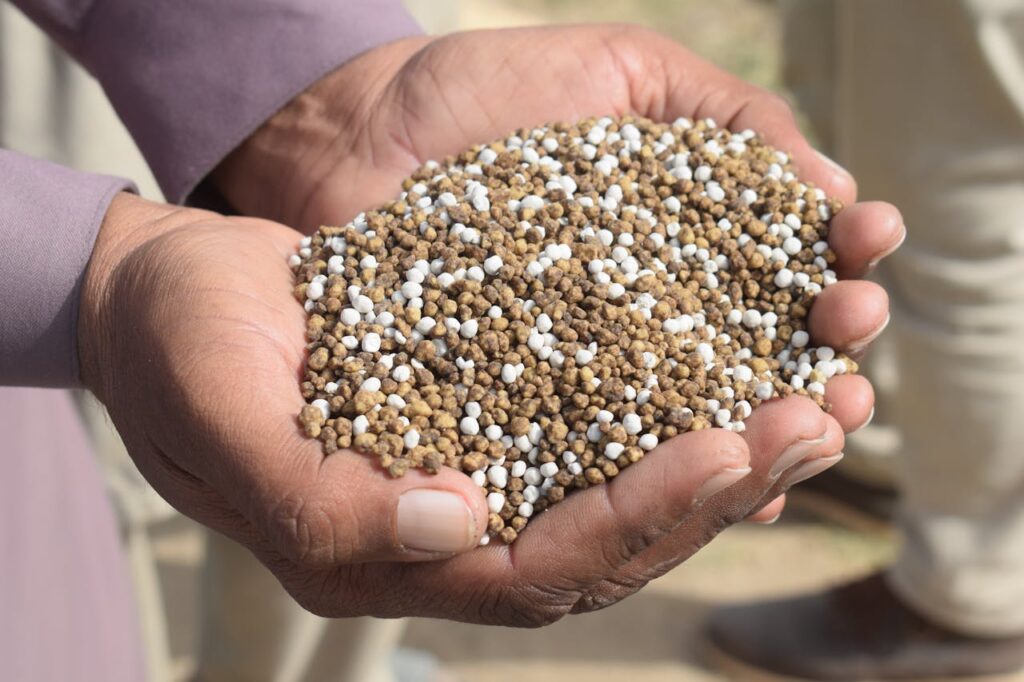
Using the wrong type of fertilizer can lead to poor beetroot growth. Beets require a balanced fertilizer with adequate levels of nitrogen, phosphorus, and potassium, but an excess of nitrogen can cause excessive leaf growth at the expense of root development. High levels of nitrogen may lead to large, leafy plants that produce small, underdeveloped beetroots.
Choose a slow-release, balanced fertilizer with an appropriate ratio of nutrients. Avoid high-nitrogen fertilizers, especially as the beetroots begin to mature. A general-purpose fertilizer with equal amounts of nitrogen, phosphorus, and potassium will provide the right balance to encourage healthy root growth and vibrant foliage.
Not Thinning Seedlings Early
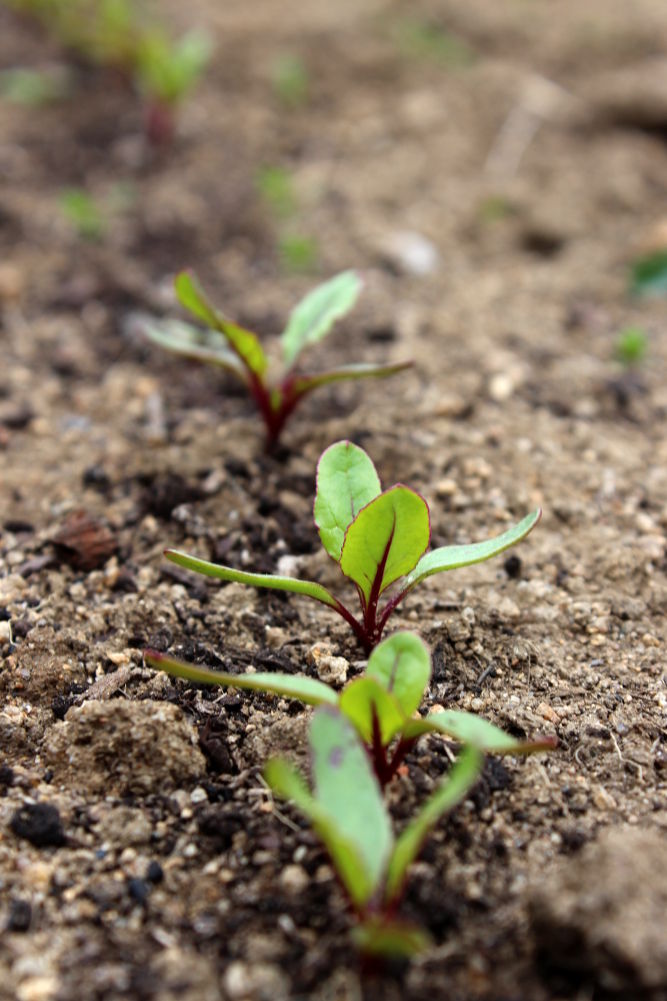
Failing to thin beetroot seedlings at the proper time is a common mistake that can result in overcrowded plants. If you leave too many seedlings close together, they will compete for space and nutrients, leading to stunted growth. Thinning is a simple task, but crucial for ensuring that each plant has enough room to grow its root system.
To avoid this mistake, thin seedlings when they are a few inches tall. Leave the strongest plants and remove the weaker ones, maintaining a spacing of about 3 inches between each beetroot. This will promote healthy root development and result in larger, better-quality beetroots.
Ignoring Pest Control
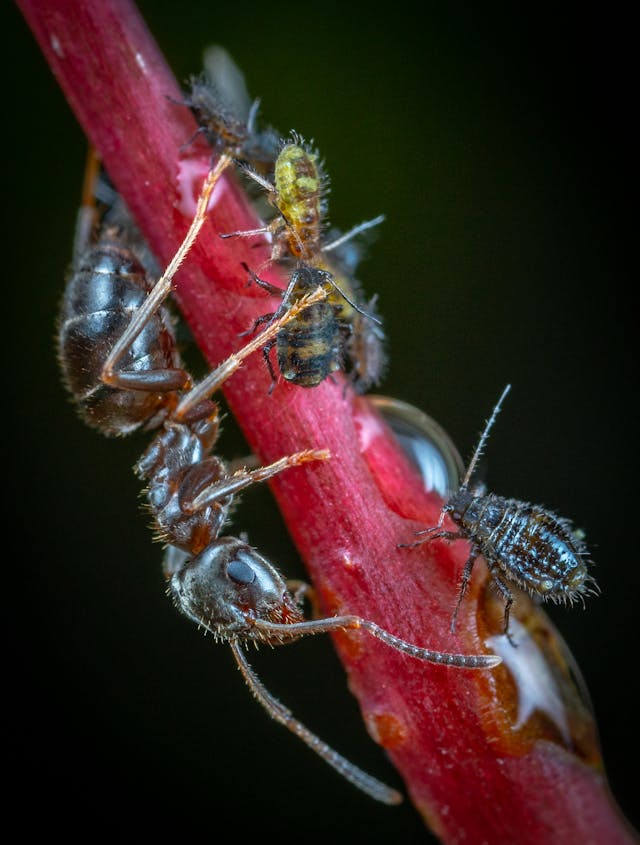
Beetroot plants are susceptible to a range of pests, including aphids, leaf miners, and root maggots. If pests are left unchecked, they can damage the leaves, roots, and overall health of the plant. Aphids can transmit diseases, while root maggots can destroy the beetroot roots, leading to poor growth or complete crop failure.
Monitor your beetroot plants regularly for signs of pests and take action promptly. Use organic pest control methods like neem oil or insecticidal soap, or encourage natural predators like ladybugs. Proper garden hygiene, such as removing fallen leaves and debris, can also help minimize pest problems.
Planting in Soil That Is Too Acidic
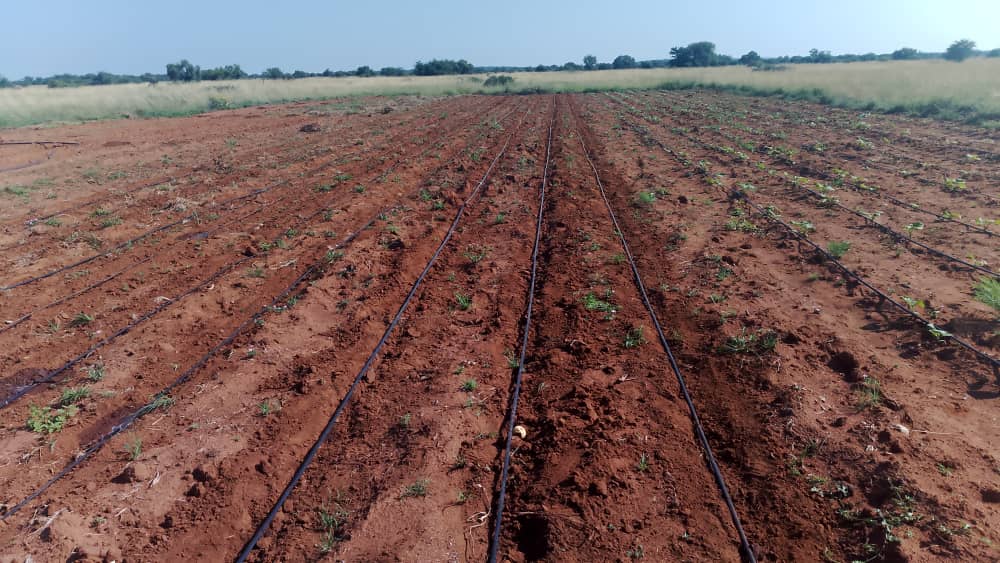
Beets prefer slightly acidic to neutral soil, with an ideal pH range of 6.0 to 7.5. Soil that is too acidic can affect nutrient availability, leading to poor growth and yellowing leaves. If the soil is too acidic, your beetroots may struggle to absorb essential nutrients like calcium and magnesium, leading to weak plants and poor root development.
Before planting, test your soil’s pH and amend it if necessary. If the pH is too low, add lime to raise it to the ideal range. Maintaining the right pH level will ensure that your beetroots can access the nutrients they need to grow healthy and strong.
Not Providing Enough Light
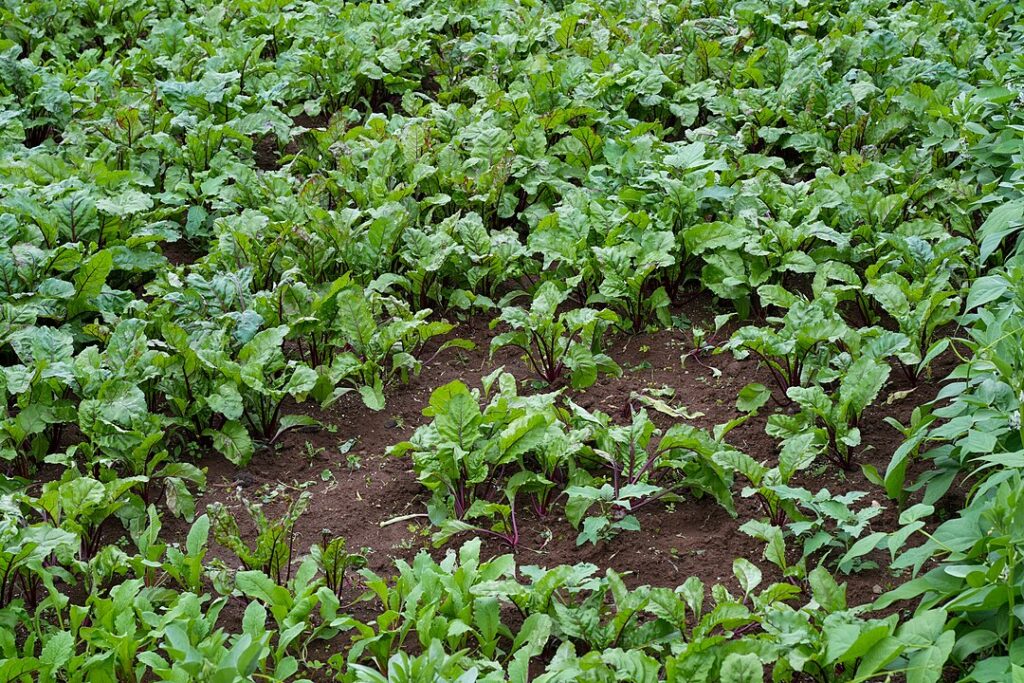
Beetroots need full sunlight to grow to their full potential. Insufficient light can cause leggy, weak plants with small roots. A lack of sunlight may also lead to bolting, where the plants prematurely flower and produce inedible roots.
To avoid this mistake, plant your beetroots in an area that receives at least 6 hours of direct sunlight per day. If you are growing them in containers, ensure they are placed in a sunny spot where they will get plenty of light throughout the day. Proper sunlight is essential for robust growth and high-quality beetroots.
Failing to Rotate Crops
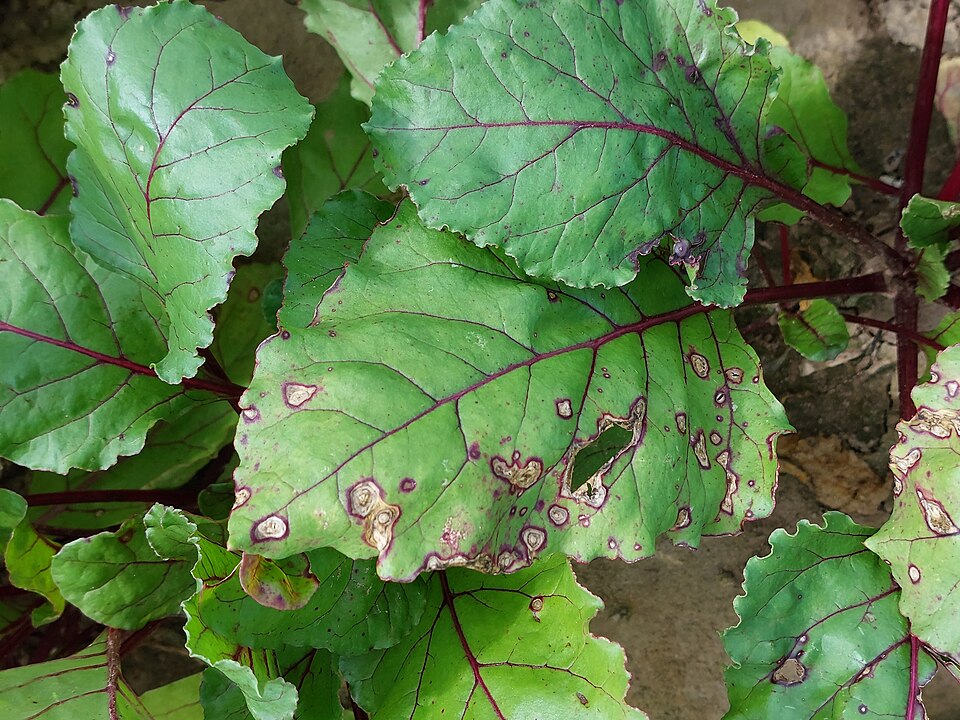
Growing beetroots in the same spot year after year can lead to soil depletion and increased susceptibility to pests and diseases. Crop rotation helps maintain soil fertility and reduces the buildup of pests that target specific plants. By rotating crops, you can break the cycle of pest infestation and keep the soil healthy.
To avoid this mistake, plan your garden layout with crop rotation in mind. Move your beetroot plants to a different area each season and avoid planting them in the same location more than once every three years. This will help maintain soil health and reduce pest problems, leading to better beetroot harvests.
This article originally appeared on Avocadu.
